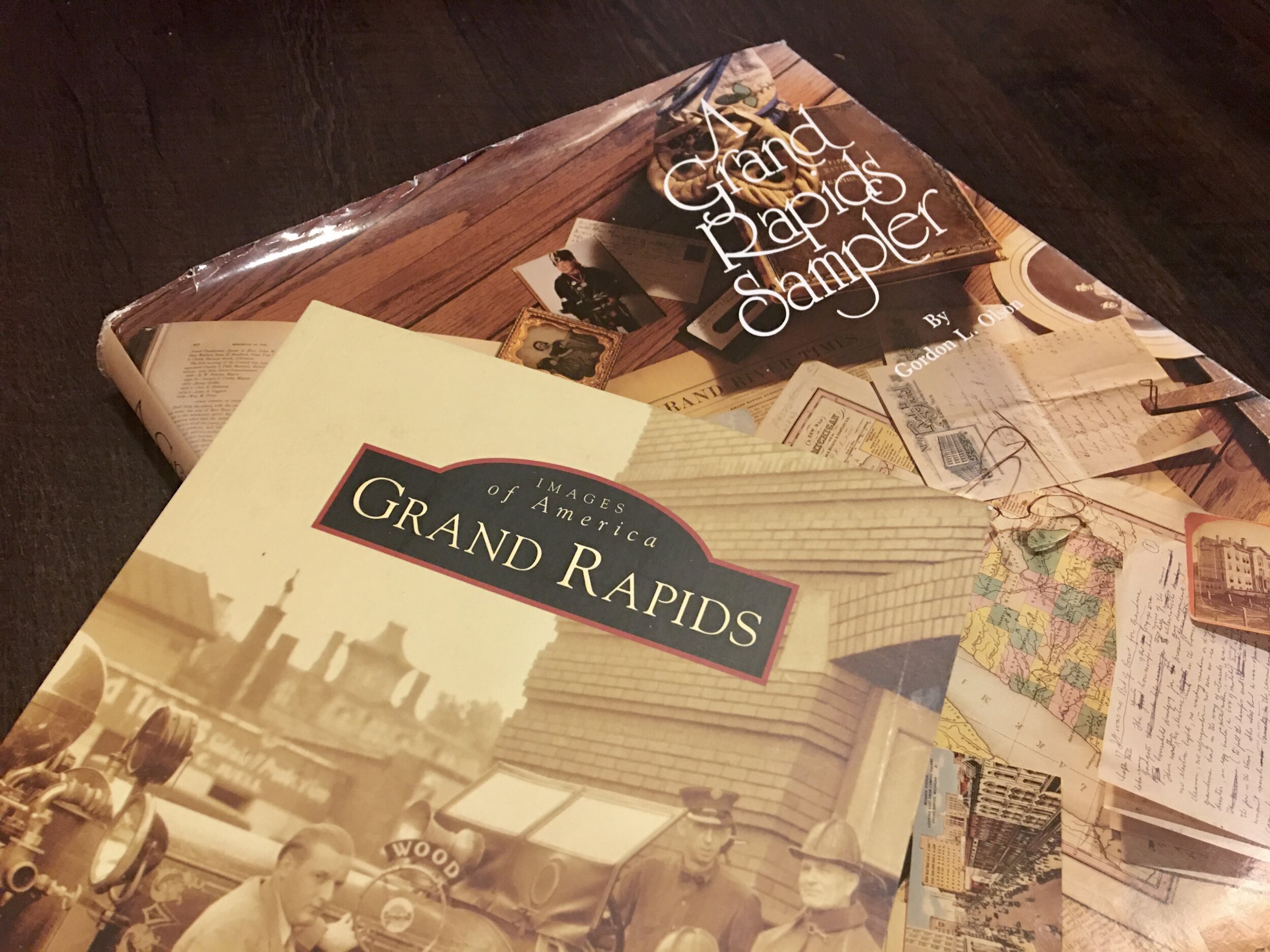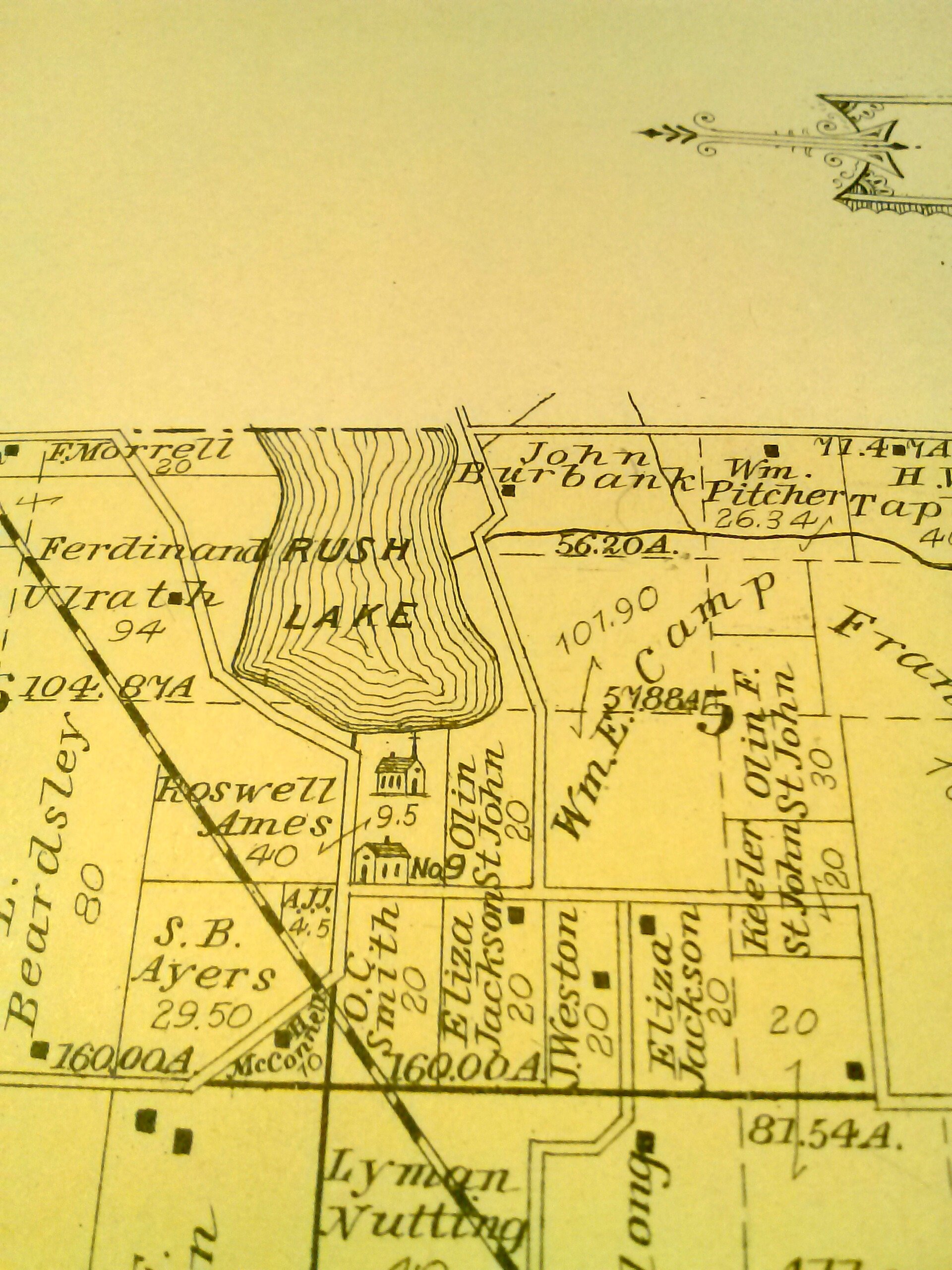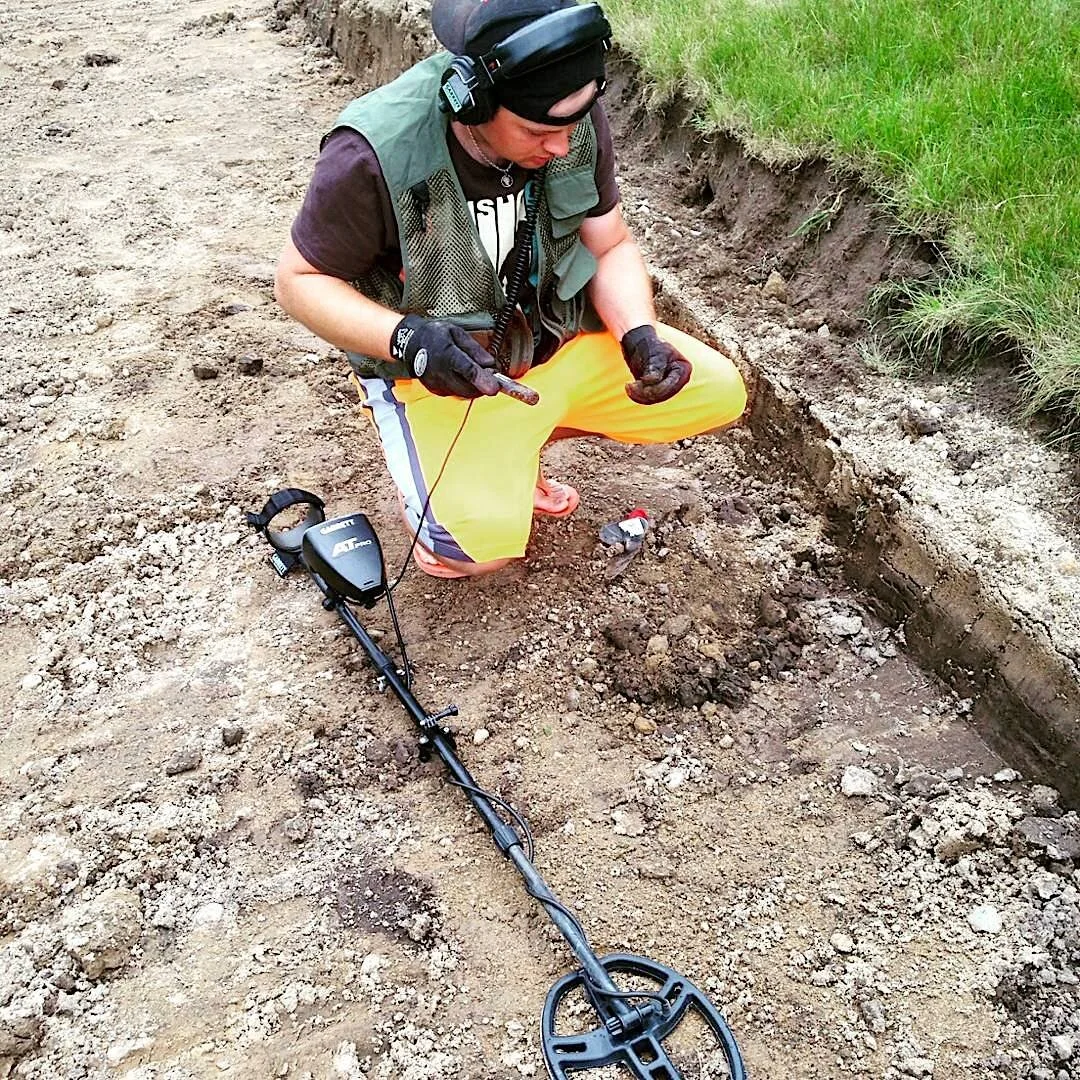Researching Places To Go Metal Detecting
**DISCLAIMER - As an Amazon Associate I earn from qualifying purchases. The links in the article are affiliate links that help support this blog and my channels. Metal Detecting Life is supported by you, the readers! When you purchase something I recommend via my links, I may get an affiliate commission (terms of service) — but it never affects the price you pay. Cheers!
If you want to increase your odds of finding “treasure,” it will require taking a little extra time and effort to conduct researching places to go metal detecting.
What makes the hobby of metal detecting so easy is that you can literally turn on your machine and go detecting for treasure at the drop of a dime. Whether that means metal detecting in your own yard (as seen in the video), the local school playground, or in this blog post, some of the other Top 10 Places to Start Metal Detecting, there’s always something to find, even if you’re not looking for it.
Recommended book for additional information found on Amazon.
But, what if you want to increase the quality of your finds or simply have a better chance at finding what you’re looking for?
Are you looking specifically for civil war relics like the one I found in this video? Do you hope to find old coins and tokens? Perhaps it’s jewelry you are looking for to help fill your treasure chest.
Well, get ready as I offer my top 9 recommendations to conduct research and to help you find the best places to go metal detecting!
1. Online
Here is a screenshot from my phone for a local hotel resort that used to be located on a nearby lake.
Googling or conducting online research is a relatively easy and quick route to finding local places to metal detect. You’ll often be able to find excerpts of news stories or old town records, images, and even maps from yesteryear which may clue you in on a nearby spot to start swinging your coil.
Using search terms like “Historical Detroit Resorts” or “Kent County Fairground” can unlock all sorts of information online. If you have some time to browse through various online articles, you can pull out a few extra clues can help you narrow down your search area.
I recommend also clicking on the “images” tab in Google to help you discover more information and clues about a location like the one pictured here about the Chateau Paulo Resort on Reeds Lake.
The Top Selling Metal Detectors
Notice the old ball diamonds on the left and the road bed through the trees.
Many times I’ve opened Google Maps and switched over to “satellite view” while scanning a potential hunt site, only to reveal markings of old ball diamonds, home foundations, and road beds that can only be seen from above.
This photograph was the site of an old, inner-urban train depot stop, which is the old railroad bed that I originally went to hunt and is shown by the line in the trees running from top to bottom.
I saw the ball diamonds to the left of the railroad bed once I pulled up a satellite view online and I knew had now had two metal detecting sites in one!
A similar method that Jim Gourley of the Michigan Freedom Diggers group on Facebook gives is to use www.historicaerials.com and look up an area of interest. You can then select maps from various years and compare how the land has changed over time.
*Note that these maps are copyrighted, but you can at least view them online, however if you’d like a printed version to take with you, you can pay ($5-$10) through their website for the right to purchase a copy of your selected area. If you are using online sites for research, just be careful and make sure you are using trusted sites and sources when searching for images or downloading anything.
2. Drones
Another way I also get a live aerial view while on location is by launching my DJI Mavic Pro drone and flying it across a field or swim area to help search for points of interests or changes in the environment (as seen in the beginning of the video).
Using a drone for this purpose is also beneficial because it will give you real-time data whereas Google Maps may have images from over a year old depending on when the last satellite image was taken of the area.
If you do choose to utilize a drone to help you conduct research for metal detecting, be sure to follow any and all drone laws that may apply to your state as well as FAA guidelines.
3. Library
Many local historical books can be found at the library to help aid your treasure hunt.
Look for the hobby and interest section in your local library as they may have books on metal detecting such as The Metal Detecting Bible.
Don’t discount going to the local library in your town. Most libraries have a local history section that contains a collection of books that recount earlier times and often show a collection of pictures with excerpts that you can begin to reference for new places to go metal detecting.
Depending on what you’re looking for, these photos may include old parks or picnic areas, battlefields or encampments, schoolhouses, swim beaches, etc.
Comparing these photos to ones from modern times can help cross-reference exact locations and help direct you to the “X” that marks the spot of treasure.
Using books like these have been extremely helpful for me to locate old ghost towns which provided plenty of new sites to keep me metal detecting and busy all year long!
An excerpt of locating an old ghost town from one of the recommended books in the gear store.
Other references found in the library may contain information such as old ghost towns that once stood strong but are now gone as time has passed them by.
No, these aren’t necessarily haunted towns, but rather sites that used to be very populated and due to some circumstance, such as the village burning or everyone moving to go find work elsewhere, have all but disappeared and may be nothing more than an overgrown meadow or forest grove.
Libraries also have old copies of the local school’s yearbooks dating back sometimes as far as when the first graduating class took place. That could be over 100 years old! Look for photos of student life or extracurricular activities that may help pinpoint a location outside or nearby the school grounds, such as old ball diamonds, that could potentially hold troves of treasure.
4. Plat Maps
This 1800s plat map gives you troves of information for places to metal detect around town if you know what to look for and how to read it.
Can you find the church or school house location on this plat map?
Perhaps you’ve heard of atlases as a mapping reference, but what about a plat map?
Plat maps have been used for hundreds of years to help show landownership, locations of homes, school houses, churches, fairgrounds, old grist or lumber mills, picnic grooves, natural springs, etc.
All of these locations could unlock the potential for some amazing finds and because this involves a higher level of research and often times getting permission to hunt private property depending on the site, it may lead to untapped, virgin soil that has never been detected!
If you’ve never seen a plat map before, there is a good chance your local library will carry several versions for you to use, some even from the 1800s! Learning to read a plat map takes a little bit of practice, but once you understand how you can overlay it with recent maps and cross reference the two, it becomes very easy to pinpoint potential “hot spots” in relation to how the land looks now based on current maps from new construction over the years.
5. Visiting The Local Historical Society
This historical museum can be found in the tiny village of Cannonsburg, Michigan.
Visiting the local historical society may seem like a no-brainer to get a little more information on old sites to potentially metal detect, but many people don’t think to visit them. In fact, if you look carefully, you can almost always find one in every little sleepy town across America.
Captions and photos in old historical references offer a glimpse in to the past.
I love using a historical society as a local resource because not only do they showcase artifacts and relics unique to the area, but often times the person(s) working or volunteering as staff have a vast knowledge of the local history and can be a great reference to talk to about places to metal detect.
Nokta Makro Legend
The newest metal detector from Nokta. With Simultaneous Multi-Frequency, you can now see even more treasure right beneath your feet. Don't worry about missing the gold while you hunt for relics, because the Legend does it all.
Historical societies are also a good place to help research places to go metal detecting because they may also hold a monthly speaker series where they bring in an expert or professor of history from a local college or university to present a lecture on various areas of interest as it relates to the region.
Using landmarks in the distance can offer clues to help pinpoint where this photo may have been taken.
This local knowledge can also help generate permissions to metal detect private property as they may know many of the land owners and neighbors in town who’s homes now sit on those historical markers.
6. Talking To Neighbors
Meeting with a neighbor who has an old homesite or knows of one can help you unlock new metal detecting locations. Photo Credit: Shane Rounce - Unsplash
Speaking of neighbors, being active in the community and talking with your neighbors or a friend’s neighbor can literally open a new door and permission to metal detect a property. I’ve had several instances where I’ve been detecting a yard in town and their neighbor decided to come out to see what I was doing.
By being friendly and inviting them over to show them what I’ve found, it often leads to an invitation to come detect their yard when I’m done with the current one. You can cover an entire neighborhood by using this process, which can really pay off if you’re detecting yards in an older part of town!
You’ll often hear of their own treasure tales about how their grandparents buried a jar of coins here or there and how Aunt Sue lost her gold rings in the garden, etc. Who knows, perhaps you’ll end up a hero for finding something of family sentimental value for them!
Just remember to practice proper digging techniques as discussed in that blog post, when metal detecting in someone’s well-groomed yard as this will help you be invited back and get more referrals as well.
7. Taking A Walk
A hiking trail close to home where I like to take the dogs for a walk.
This old stone foundation can be seen in the underbrush and is just a few yards away from the main walking trail.
Taking a nice stroll in and around town can help you spot potential sites to go metal detecting as well.
By walking, you’re able to slow down and actually evaluate and appreciate the world around you and this can help lead you to finding areas to go detecting that you may have driven by hundreds of times, but never saw it because you were in such a rush.
Better yet, go for a hike through the woods in the park. There have been many instances where landowners donated a large portion of their land to the local municipality for the purpose of making it public land.
These land donations may have once had homes or outbuildings on them which means foundations could still be visible or located. By taking a walk in to the woods, you may just be lucky enough to stumble across one of those treasure bearing foundations.
If you do plan on taking a hike, don’t forget to pack your metal detector in the car ahead of time just in case you get the urge to go digging.
8. Talking To Local Metal Detecting Club Members
A meeting of the minds at a local metal detecting club.
By reading about joining a local metal detecting club, you’re surrounding yourself with many other knowledgeable treasure hunters.
While not every hunter will clue you in to their secret honey holes, they may help give you insight as to how they also do their own research and possibly give references to use.
Like local historical societies, clubs will also invite local speakers in from time to time that can help offer valuable insight on places to metal detect, how to decipher old maps, or how to navigate the land such as looking for old foundations, road beds, dump sites, etc.
9. Volunteering at Retirement Homes
Phot Credit: David Clode - Unsplash
This is perhaps a seldom used research method on finding places to metal detect, but I guarantee you’ll come away with more than just having a new spot to go metal detecting.
Volunteering at either a retirement or veterans’ home and spending time with our elders and those that served can truly be a humbling and rewarding experience.
Befriending the residents that live there and getting to know them by either serving meals, coming in to play games, or to simply sit down and chat with them about all the great things they’ve done in life and allowing them to relive those memories will mean a great deal to them.
Within those stories contains so much information and wisdom, much of which I’m sure they’d love to pass along to anyone willing to listen, so perhaps you’d like to consider spending a day or two helping out.
I promise that even if you don’t learn anything that has to do with metal detecting, you’ll leave with a smile knowing that you’ve made a difference in someone’s life.
Summary
While there are many ways to conduct research when it comes to finding new places (or revisiting old) to metal detect, the most important thing to remember is to just ask. You may be surprised at how many people have a genuine interest in “looking for treasure” and want to be a part of the hunt no matter what capacity.
With that in mind, just by mentioning you metal detect for a hobby could literally open up new doors and you’re on your way to digging those “greener pastures.”
How do you research places to go metal detecting? Leave a comment and let me know.
Remember to always practice being a good steward of the hobby and as well as following the Metal Detecting Code of Ethics.
Finally, make conducting your research on places to go metal detecting fun! If you treat the process of research like a treasure hunt in itself, it should come natural and you’ll find yourself loving the process of discovering history just as much as going out and actually recovering history.
As always, keep swinging 4 the ring!
*As an Amazon Associate I earn from qualifying purchases.


























